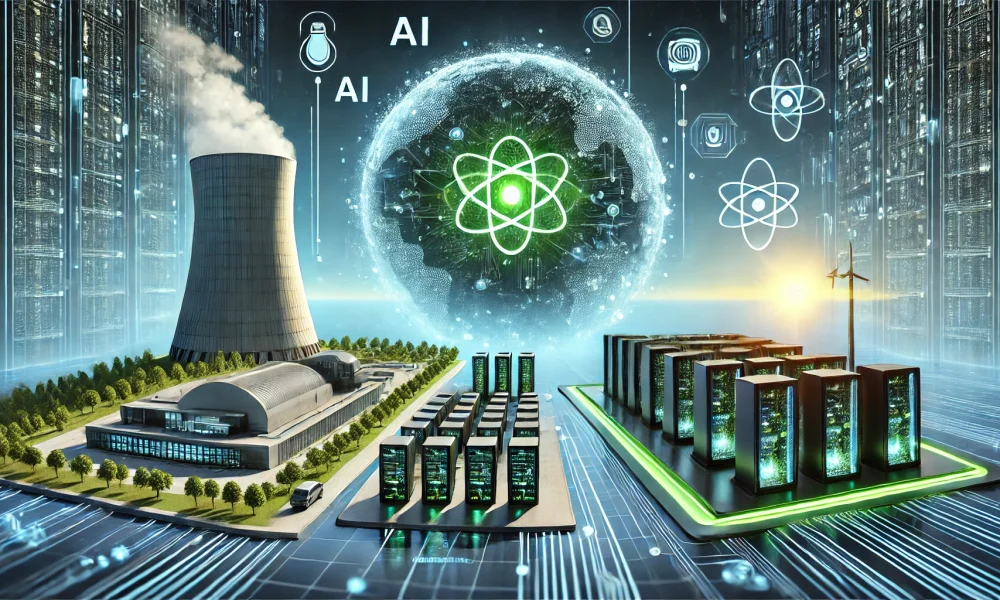Unleashing the Power of OpenAI’s New Model: Introducing OpenAI o1
OpenAI’s latest creation, OpenAI o1, known as Strawberry, is a game-changer in the realm of Artificial Intelligence. This revolutionary model builds upon the success of its predecessors, like the GPT series, by introducing advanced reasoning capabilities that elevate problem-solving in various domains such as science, coding, and mathematics. Unlike previous models focused on text generation, the o1 model delves deeper into complex challenges.
Unlocking the Potential of AI with OpenAI: The Journey from GPT-1 to the Groundbreaking o1 Model
OpenAI has been at the forefront of developing cutting-edge AI models, starting with GPT-1 and progressing through GPT-2 and GPT-3. The launch of GPT-3 marked a milestone with its massive parameters, showcasing the vast potential of large-scale models in various applications. Despite its accomplishments, there was room for improvement. This led to the creation of the OpenAI o1 model, aimed at enhancing AI’s reasoning abilities for more accurate and reliable outcomes.
Revolutionizing AI with Advanced Reasoning: Inside OpenAI’s o1 Model
OpenAI’s o1 model sets itself apart with its advanced design tailored to handle intricate challenges in science, mathematics, and coding. Leveraging a blend of reinforcement learning and chain-of-thought processing, the o1 model mimics human-like problem-solving capabilities, breaking down complex questions for better analysis and solutions. This approach enhances its reasoning skills, making it a valuable asset in fields where precision is paramount.
Exploring the Versatility of OpenAI’s o1 Model across Various Applications
Tested across multiple scenarios, the OpenAI o1 model showcases its prowess in reasoning tasks, excelling in intricate logical challenges. Its exceptional performance in academic and professional settings, particularly in realms like physics and mathematics, underscores its potential to transform these domains. However, there are opportunities for improvement in coding and creative writing tasks, pointing towards further advancements in these areas.
Navigating Challenges and Ethical Considerations in the Realm of OpenAI’s o1 Model
While the OpenAI o1 model boasts advanced capabilities, it faces challenges like real-time data access limitations and the potential for misinformation. Ethical concerns surrounding the misuse of AI for malicious purposes and its impact on employment highlight the need for continuous improvement and ethical safeguards. Looking ahead, integrating web browsing and multimodal processing capabilities could enhance the model’s performance and reliability.
Embracing the Future of AI with OpenAI’s o1 Model
As AI technology evolves, the OpenAI o1 model paves the way for future innovations, promising enhanced productivity and efficiency while addressing ethical dilemmas. By focusing on improving accuracy and reliability, integrating advanced features, and expanding its applications, OpenAI’s o1 model represents a significant leap forward in AI technology with transformative potential.
-
What is OpenAI o1?
OpenAI o1 is an advanced artificial intelligence that has been designed to significantly improve reasoning abilities for solving complex problems. -
How does OpenAI o1 differ from previous AI systems?
OpenAI o1 represents a significant leap in AI technology by enhancing reasoning abilities and problem-solving capabilities, making it well-suited for tackling more advanced challenges. -
What types of problems can OpenAI o1 solve?
OpenAI o1 has the capacity to address a wide range of complex problems, from intricate puzzles to sophisticated computational challenges, thanks to its advanced reasoning abilities. -
How can businesses benefit from using OpenAI o1?
Businesses can harness the power of OpenAI o1 to streamline operations, optimize decision-making processes, and solve intricate problems that may have previously seemed insurmountable. - Is OpenAI o1 accessible to individuals or only to large organizations?
OpenAI o1 is designed to be accessible to both individuals and organizations, allowing anyone to leverage its advanced reasoning capabilities for various applications and problem-solving tasks.


